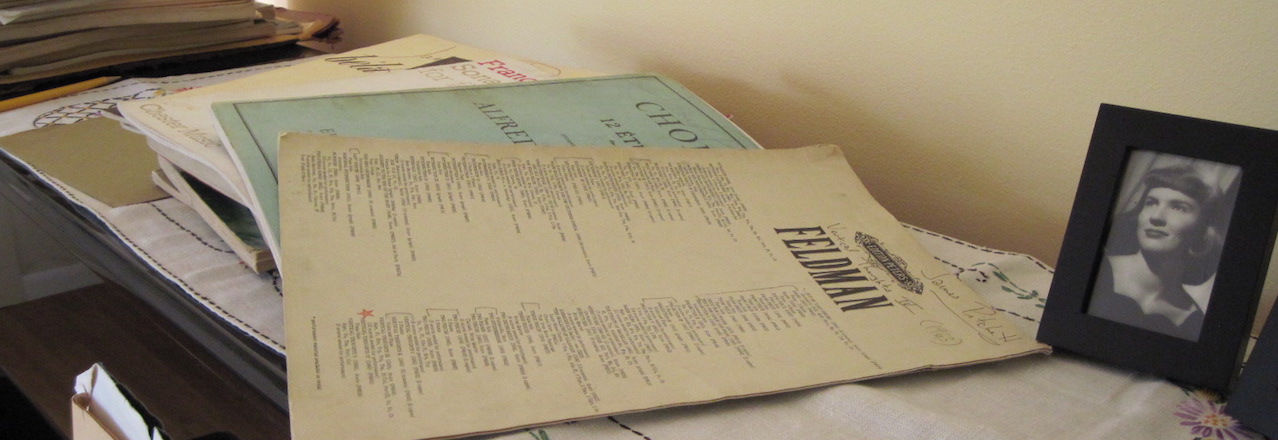For Bunita Marcus 5: The evolution of memory
In a recent lecture on Feldman’s music, Bunita Marcus said that Feldman was ”playing with memory and the evolution of memory.” The next part of For Bunita Marcus (pages 16-19) is devoted to this “playing with memory”.
For Bunita Marcus 5: The evolution of memory Read More »
